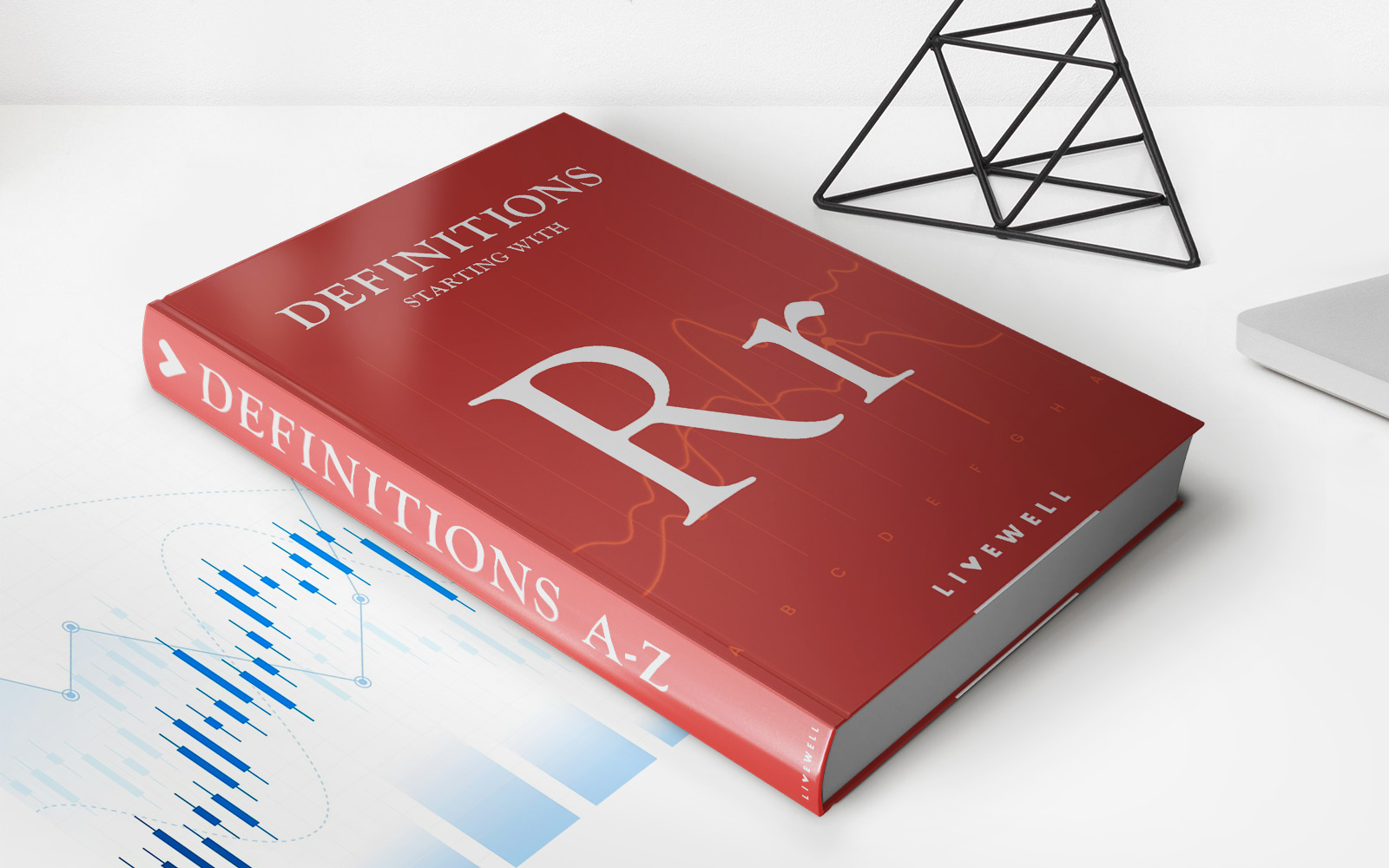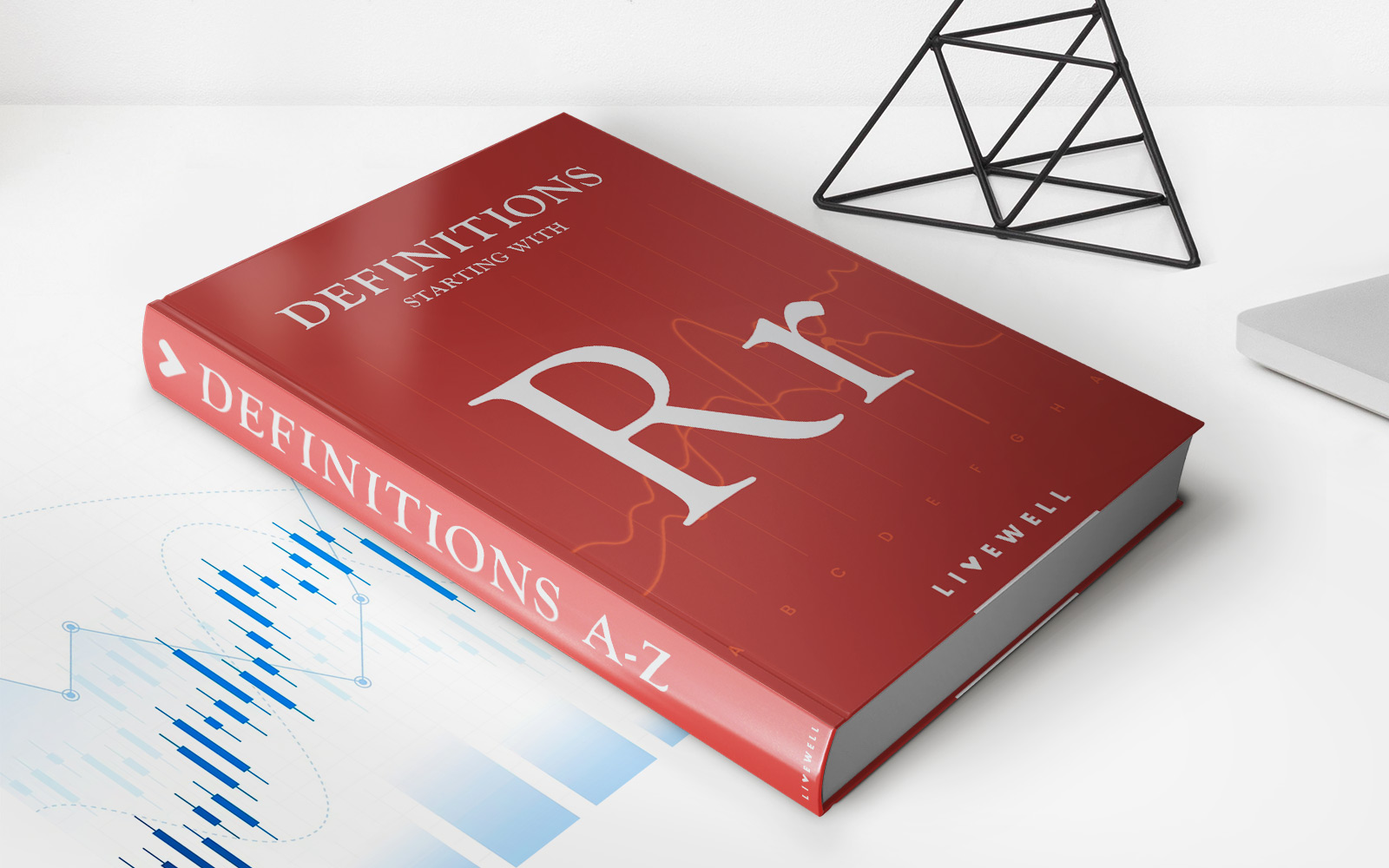

Finance
Global Recovery Rate Definition
Published: November 30, 2023
Learn the finance terms with our comprehensive guide. Understand the global recovery rate definition and its significance in the financial world. Get expert insights now!
(Many of the links in this article redirect to a specific reviewed product. Your purchase of these products through affiliate links helps to generate commission for LiveWell, at no extra cost. Learn more)
The Global Recovery Rate Definition Explained: A Key Metric for Financial Analysis
When it comes to financial analysis, understanding key metrics is crucial for making informed decisions. One such important metric is the global recovery rate. What exactly is the recovery rate, and why is it a significant factor in assessing financial stability? In this blog post, we will delve into the Global Recovery Rate Definition, explore its importance in finance, and provide actionable insights for its implementation in your analysis.
Key Takeaways:
- The global recovery rate is a financial metric that measures the percentage of funds that creditors are able to recover from a defaulted loan or investment.
- It is an essential indicator of the recovery potential and risk associated with a particular investment or lending activity.
What is the Global Recovery Rate?
The global recovery rate is a measure used in financial analysis to assess the percentage of funds that creditors are able to recover from a defaulted loan or investment. In other words, it represents the extent to which the principal, interest, or other invested capital is recovered when a financial instrument fails to meet its obligations.
This metric is particularly useful in evaluating the risk associated with specific investment opportunities or the creditworthiness of borrowers. By knowing the historical or projected recovery rate, financial analysts can better understand the potential return on investment and make more informed decisions.
The Importance of the Global Recovery Rate in Finance
The global recovery rate is a crucial factor in financial analysis as it helps in assessing the risk and profitability of various investment options. Here are some key reasons why it is an important metric:
- Assessing Credit Risk: By understanding the recovery rate, financial institutions and investors can evaluate the potential risk of a loan or investment. A higher recovery rate indicates lower credit risk, while a lower recovery rate suggests higher default risk.
- Portfolio Diversification: When constructing a diversified investment portfolio, considering the recovery rates of different assets can help minimize the overall risk. Allocating investments in a way that balances high recovery rate assets with lower recovery rate investments can mitigate potential losses.
- Influencing Investment Decision-making: The recovery rate can play a significant role in determining investment strategies and decisions. It helps investors gauge the potential return on investment, adjust risk appetite, and make informed choices about whether to invest in a particular asset class or industry.
- Predicting Economic Conditions: Monitoring the global recovery rate can provide insights into the overall state of the economy. A declining recovery rate may indicate economic downturns, default risks, or changing market conditions.
The global recovery rate is a versatile metric that can assist businesses, financial institutions, and individual investors in making more informed choices and managing risk effectively.
Incorporating the Global Recovery Rate in Your Financial Analysis
Now that you have an understanding of the global recovery rate and its significance, here are a few ways to incorporate it into your financial analysis:
- Research and Data Collection: Gather relevant historical recovery rate data, industry benchmarks, and market trends to assess the recovery potential for various investment options. Consult reputable sources, financial publications, and financial databases for reliable information.
- Performing Risk Assessments: Use the recovery rate as a part of your risk assessment process. Combine it with other risk metrics to gain a comprehensive understanding of the potential risks associated with different investments or lending activities.
- Comparative Analysis: Compare recovery rates across different sectors, industries, or asset classes. This analysis can help identify potential outliers and potential investment opportunities.
- Informed Decision Making: Utilize the recovery rate information to evaluate the potential return on investment and make informed decisions about investment allocation, diversification, and risk management.
By incorporating the global recovery rate into your financial analysis, you can enhance the accuracy of your assessments, mitigate risks, and optimize your investment strategies.
Remember, the global recovery rate is just one of the many metrics used in financial analysis. The key lies in understanding its implications, integrating it with other relevant factors, and adapting it to your specific investment goals.
Now that you’ve gained a comprehensive understanding of the global recovery rate and its importance in financial analysis, you can confidently navigate investment decisions and build a robust financial portfolio.














